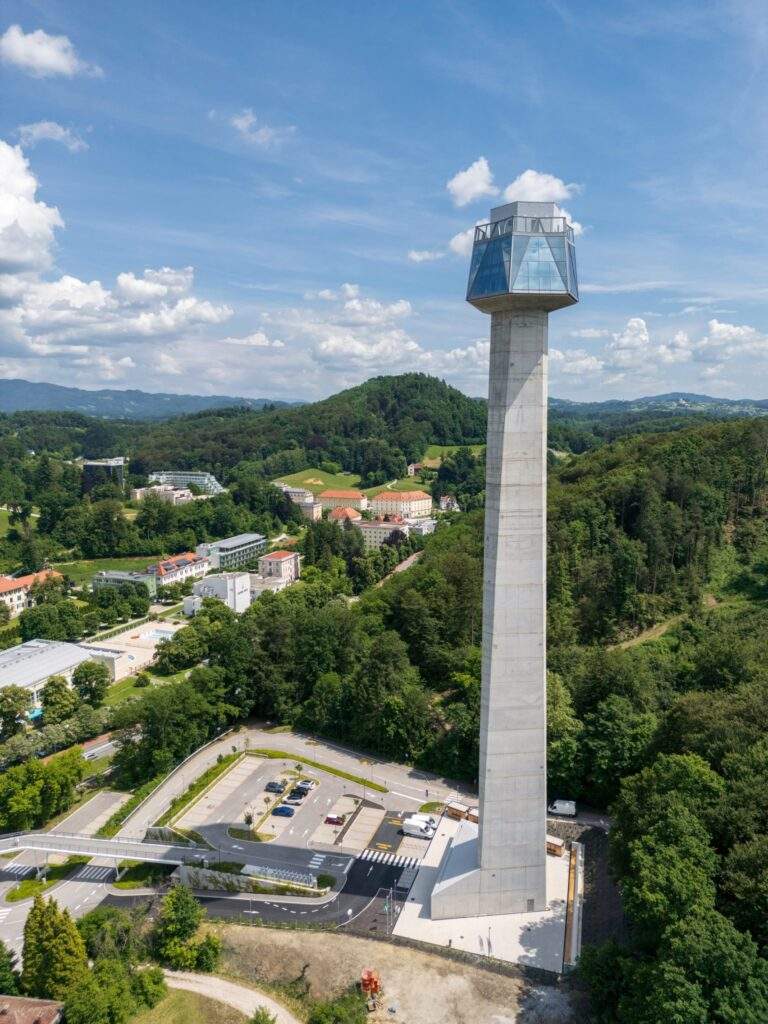It was recently the anniversary of Austrian architect Victor Gruen’s birth, and a group of his enthusiasts decided to inaugurate the first Gruen Day.
The organizers’ intention was to celebrate his work on shopping malls, his main legacy; a typology that contributed to reshape the suburban landscape, not only in the United States but also in many cities around the world. When he proposed this type of building, Gruen had a very different idea from what ended up happening with them: he wanted them to be community centers, where diverse functions were integrated.
He wanted to recreate the spirit of the city that he had experienced in the squares of his native Vienna, a kind of “agora” where people could gather and engage in various activities. The transformation his original idea underwent eventually led him to leave the United States, disillusioned with the process of suburbanization to which the shopping malls had contributed.
At a conference in Lonres in 1978, shortly before his death, he stated that as much as he was considered the father of shopping malls, he wanted to publicly disavow them. “They have destroyed our cities, and I refuse to pass ‘food’ to those bastard developments.”
Gruen arrived in the United States in 1938, after Germany annexed Austria, speaking no English, and with only $8 in his pocket. Soon after, he began working doing commercial locations for some of New York’s most iconic landmarks, from 5th Avenue to Madison Avenue. After moving to Los Angeles, he founded Victor Gruen Associates in 1951, at the head of which he would go on to build more than 50 shopping malls throughout the United States.
Originally, his proposal offered the possibility of developing multiple activities in addition to commercial, from schools and sports to culture and the arts. Gruen was a socialist who hated cars (“they represent as great a danger as open-air sewers,” he once said), so he proposed that parking lots be located away from the building, encouraging people to walk to the site.
His idea was well received by developers at the time, and in 1956 he opened Southdale Center in Minnesota, the world’s first climate-controlled enclosed shopping mall. The venture was a commercial success, but the parts most important to Gruen, such as the medical center, schools and residential space, were never built.
The tendency to eliminate costs and maximize profits began to become the dominant norm, and, although Gruen continued to propose alternatives that would mitigate the impact of these projects on urban life, he eventually abandoned his work in the field. In 1968 he returned to Vienna, where he worked on a project to pedestrianize parts of the city. He died there in 1980.
Interestingly, in recent years it seems that some of Gruen’s ideas are beginning to take off, in the wake of a certain decline of the suburban and the resurgence of cities. It is estimated that a third of all shopping malls in the United States are having trouble staying afloat, and that about 10% of them will eventually close over the next decade due to changes in consumer habits.
Faced with this scenario, the question arises as to what to do with these gigantic structures that suddenly become obsolete, and some cities have begun to convert them into community centers, often open-air and outdoors.
One of the most emblematic cases is that of Columbus Commons, in the state of Ohio: a large public space erected where the Columbus City Center shopping mall used to be, with green spaces, reading rooms, cafés, carousels and a pavilion where a show is staged that rotates on a seasonal basis.



